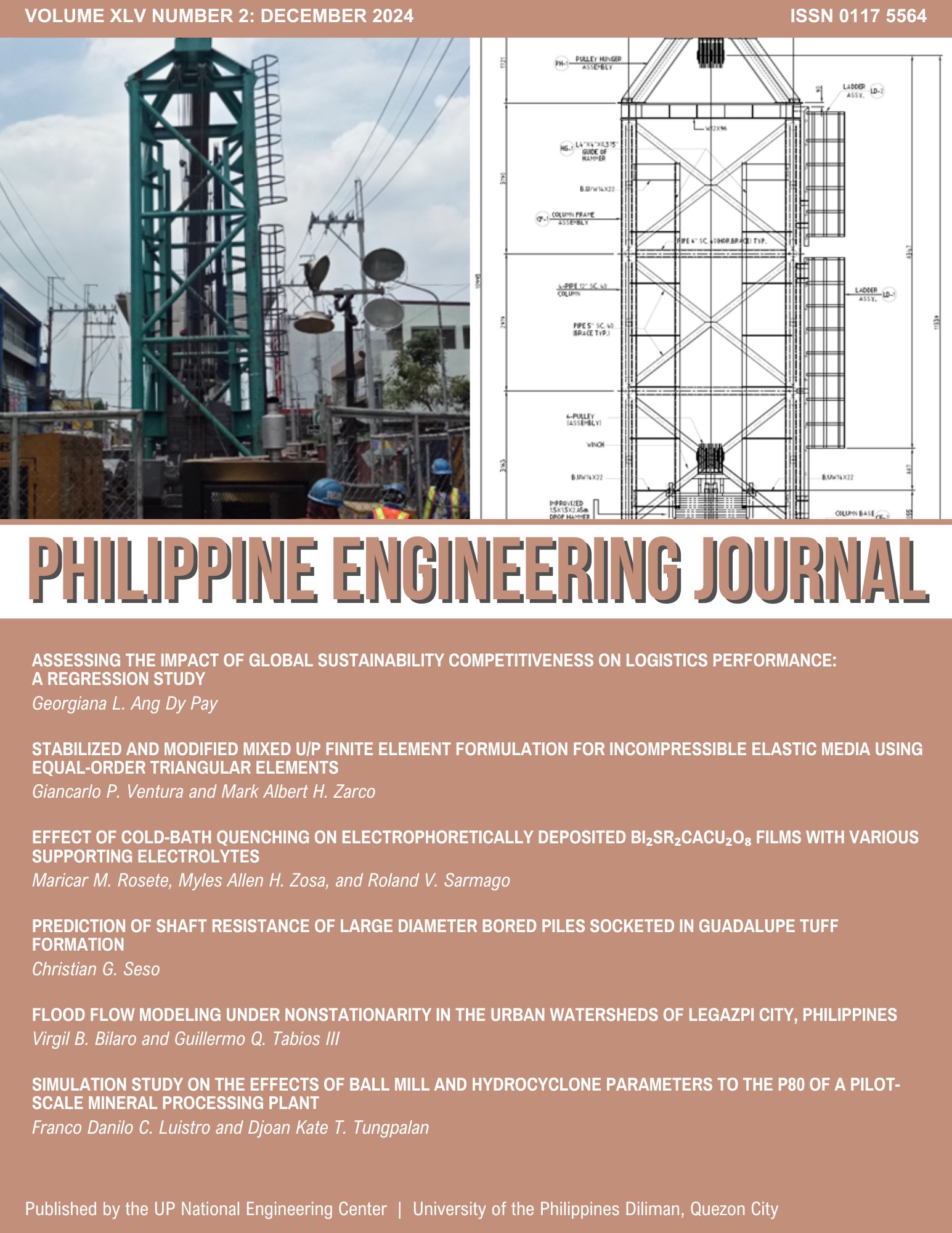Simulation Study on the Effects of Ball Mill and Hydrocyclone Parameters to the P80 of a Pilot-Scale Mineral Processing Plant
Abstract
Abstract – Comminution is considered as one of the most energy intensive operations in metal recovery. It is here that the target particle size, P80, is achieved to facilitate mineral liberation for the effective recovery of the valuable minerals. To facilitate a high degree of liberation, ore particle sizes should be within the range of the valuable mineral particle sizes. Simulations have proven effective in helping optimize mineral processing operations and increase efficiency. However, simulation studies that cover small- to pilot-scale mineral processing operations are still quite limited. In this study, the grinding circuit of a pilot-scale mineral processing plant located in Itogon, Benguet was used as basis for MDK simulations to study the effects of ball mill and hydrocyclone parameters to the P80 in processing gold ore consisting primarily of calcite, quartz, and considerable amounts of sulfides. The study has indicated that a lower ball mill critical speed fraction, and a smaller vortex finder diameter decreases the overall comminution product particle size while the operating % solids inside the ball mill and the hydrocyclone spigot diameter has the opposite effect. A lower cyclone overflow % solids also indicate finer P80.
Keywords: Mineral Processing, Simulations, Ball mill, hydrocyclone


